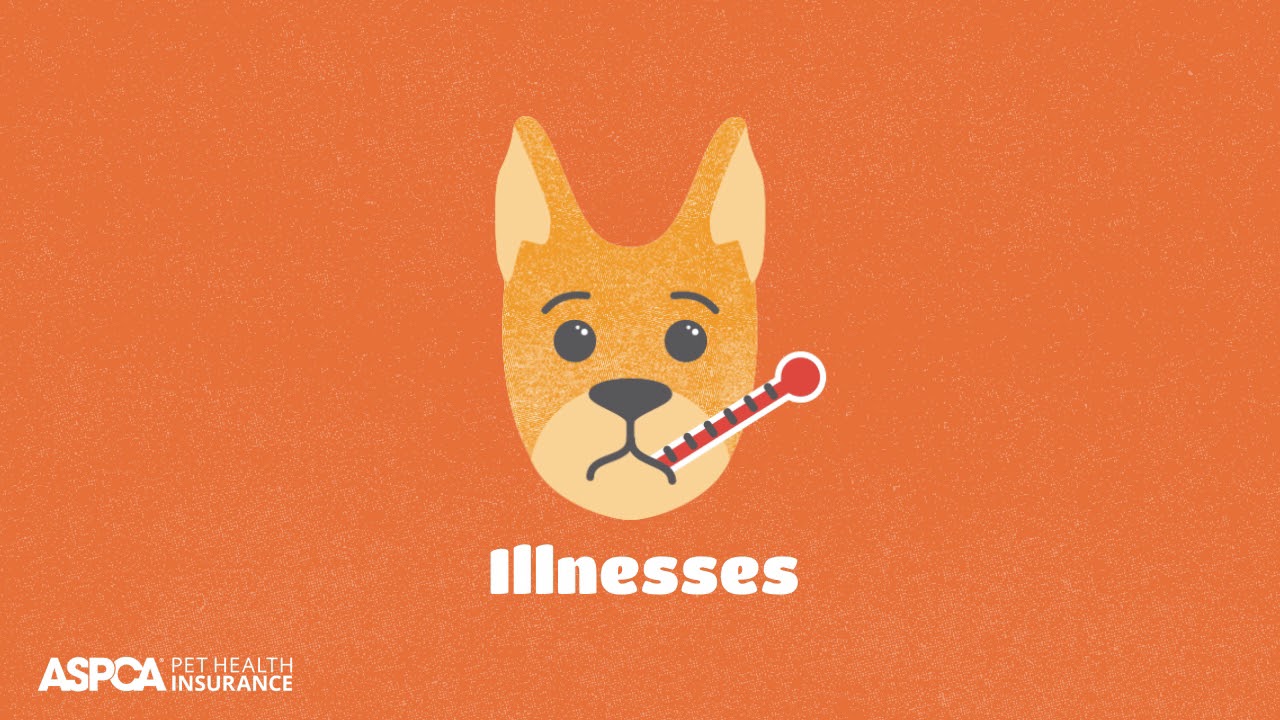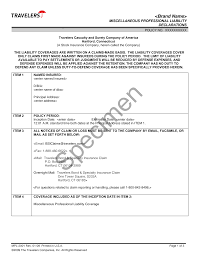
When purchasing pet insurance, there are some things that you need to keep in mind. The first thing you should consider is the cost for veterinary care. Because veterinarians are paid more, and more advanced care is available, vet bills in large cities tend to be higher. This factor can increase the cost of your pet insurance policy. There are also enrollment fees and monthly processing fees to consider.
Age
Most pet insurance policies provide coverage up to eight weeks. It is much more expensive and harder to get a new policy once your pet reaches eight weeks of age. Older pets also require more medical care. They can still be insured. Pet insurance policies for older pets will typically reimburse 90% of the cost of the medical care your pet needs.
Pet insurance premiums can go up as your pet ages, but there are ways to lower the monthly cost. For pets younger than ten, you may be able to choose a lower reimbursement percentage or a higher monthly deductible to lower your monthly costs. If your pet is over ten years old, you can adjust the terms to lower the monthly costs.

Breed
There are a few things that influence the price for pet health insurance. Some breeds are more expensive than others. Genetic makeup also makes certain breeds more susceptible to diseases and illnesses. A purebred pet can increase your monthly premiums. There are companies that will group certain breeds together into risk pools.
The cost of pet coverage depends on the breed and geographic location. Basic policies provide coverage for injuries and illnesses. More comprehensive plans cover lab fees as well as diagnostic tests. Additionally, pet wellness care plans can be enrolled that will reimburse you for routine preventative health care. Pet insurance is generally comparable to human insurance in terms both of cost and coverage.
Lage
The location of the pet owner may make a difference in how much pet insurance premiums are priced. If a pet owner is located in New York City, they will likely spend more than someone who lives in rural North Dakota. Because there is a difference in the cost of veterinary treatment in different states, this can be explained. Some carriers adjust the premiums to reflect the state where the owner lives.
It is more costly to get veterinary care in metropolitan areas. Large cities have higher salaries, so veterinary fees are more expensive. To compensate for these higher expenses, insurance companies often charge higher premiums to those areas. Additionally, pet insurance companies can charge transaction fees or maintain fees that could impact a pet owner's decision on whether to purchase a policy. These fees are often waived by pet insurance companies if a policy holder makes a payment in advance.

Percentage of reimbursement
A higher reimbursement percentage means you won't need to pay as much out-of-pocket if your pet gets sick. You will pay less each month and your premium will be lower. However, a lower reimbursement percentage means a lower premium. You may need to pay more out-of-pocket for medical care.
Most pet insurance companies offer different reimbursement percentages, ranging from seventy percent to ninety percent. While higher percentages will result in higher monthly premiums, they can be paid off in cash once you make a claim. Consider whether the premium you choose for your pets includes a deductible. This is similar to what you would pay for regular coverage.